Try these 8 different brain game booklets.
The aging process typically begins to impact the brain before 40, when cognitive abilities such as processing speed and memory start to decline (1,2). However, there are a number of things you can do to slow this process and keep your brain in shape for years afterwards.
The more that you take care of your body and ‘exercise’ your brain, the more you can slow down the aging process (1). In normal aging (without diseases such as dementia), your cognitive abilities decrease due to the loss of connective structures called synapses (3). Just like any other muscle, these connections need to be used and challenged in order to stay strong.
Scientists used to think that the brain’s capacity to change peaked in childhood and dramatically declined as we got older. But research in the second half of the 20th century began to show the potential for neuroplasticity throughout our lives (4). Neuroplasticity refers to the brain’s ability to adapt the function or structure of neurons – allowing us to learn new information and new ways of thinking. This means that when you use your brain in different ways you can activate different synapses and increase neuroplasticity.
For example, there has recently been some interesting research into the connection between dance and neuroplasticity. Dance involves creativity, dexterity, rhythm, emotional responses, communication, and the ability to synthesise sound and music. This activates many parts of the brain, creating new neural pathways (5). One research team compared dancing to other cardiovascular exercise, and found that the dancers actually had a measurable increase in their brain matter at the end of the study (6). You can learn to dance at any age with no special equipment or training necessary, making it a great option for maintaining brain health.
Some other ways to challenge your brain include:
- Taking a new route when driving to a familiar location
- Learning a new language, sport, or skill
- Avoid using calculators
- Swap TV for mind games or a book
- Play games that involve memory (bridge) or thinking ahead (chess)
- Even something as simple as recalling what you did the previous weekend can challenge your brain
Of course, this ‘workout for your brain’ won’t be effective unless you are taking care of your overall health. Some of the factors linked to decreased brain function are diabetes, hypertension, obesity, head trauma, sleep apnea, clinical depression, bipolar disorder, and alcoholism (1). Read on for some tips on how managing your overall health can benefit your brain.
Nourish your brain with a healthy diet
Like any high-performance machine, the brain needs top quality fuel.
- Your brain needs a well-balanced, low cholesterol, low saturated (animal-fat) diet.
- Protein and unsaturated fat is especially important for developing brains. Fish, a rich source of both, is sometimes called brain food.
- Your body converts long strings of amino acids in the protein you eat to individual amino acids that your brain converts to the specific proteins it needs.
- Your brain needs vitamins and minerals; they come from your diet.
- Research suggests anti-oxidant vitamins E and C protect the brain.
- Avoid excess food. Reducing calories can help slow age-related brain changes
- Enjoy caffeine and alcohol in moderation.
- As a general rule, good nutrition for the body is good nutrition for the brain.
What energy source is essential for the brain?
- Your liver, pancreas and kidneys work together to maintain the right level of glucose in your blood
- Your blood supplies glucose to your brain at a steady rate
- The glucose provides the energy to enable brain proteins to build cells, produce chemicals for nerves to communicate and to repair damage
Enjoy physical activity
- Exercise daily if possible. Set exercise priorities and stick to them.
- Regular exercise reduces depression and reduces cardiovascular risk factors, even a simple walk lets you think freely
- Some exercise states may produce euphoria, but even 12 minute bouts of exercise (to 85% maximum heart rate) release serotonin, dopamine, and noradrenaline (like taking Prozac)
- Exercise in the evening after a stressful day, rather than early in the day
- Take exercise opportunities- climb stairs (up to three floors) instead of taking the lift, schedule in regular five-minute walking breaks, park your car away from lifts, escalators so you have to walk further.
Make “safety first” a priority
- Head trauma is the silent epidemic
- Major causes of adult head trauma is motor vehicle accidents, on-the-job accidents, falls, assaults and sports injuries
- Take common-sense safety precautions including wearing seatbelts and sports safety helmets as appropriate
- Road deaths are publicised but not the number permanently disabled
Learn to manage anxiety, stress and depression
- Anxiety increases heart rate and blood pressure and can lead to stroke
- Acute stress – “flight or fight reaction” – is normal and short-lived.
- The brain produces substances that tell many organs of the body to speed up and perform more effectively, then it returns to normal.
- Some suffer chronic stress – a long-term problem.
- There is increasing evidence that stress actually damages the brain.
- The mechanism for this is thought to be the brain’s response to hormones that increase during periods of stress.
- These stress hormones can actually kill nerve cells in animals and are thought to do the same in humans.
- The steps you take to reduce stress are likely to preserve nerve cells and help maintain mental abilities.
- One of the toughest stresses is depression.
- Major depression is not just sadness or grief, it is indescribably painful.
- Depression affects memory and slows brain metabolism.
- Major depression can lead to some degree of brain damage, affecting memory.
- Major depression is a medical emergency.
When life becomes stressful, do you … ?
- Meditate? Meditation may lower blood pressure, even not actively meditating
- Relax? Actively relax by tensing then relaxing individual muscle groups
- Exercise? Channeling internal stress into external action can relieve stress
- Ensure there is a balance of work and recreation in your life?
- Let go of things that are outside your control?
- Take time out for yourself
- Visit your general practitioner
Relax and sleep well
- During deep sleep, the brain repairs itself and boosts the immune system.
- During rapid eye movement (REM) sleep, the brain consolidates information learned during the previous day.
- Poor sleep or sleep loss leads to fatigue, immune suppression, memory, concentration and mood disorders. Optimal learning cannot take place against a background of sleep debt.
- Seek help for sleep apnoea as it increases the risk of stroke.
What can you do if you can’t get to sleep? The most common causes of difficulty are not being able to shut off the anxieties and worries of the day and preparing for tomorrow’s problems.
- One way you could help is by preparing for sleep:
- Don’t take one last look at email messages
- No phone calls, business, late-night news, planning for tomorrow after 9pm
- Don’t go to bed until you feel sleepy
- Don’t have caffeine after noon
- Have regular checks for blood pressure, diabetes, heart rate, cholesterol
- If you have diabetes and high cholesterol, you have 4x the risk of stroke
- If you have diabetes you have 2x the risk of stroke
- Lots of mini-strokes can lead to dementia in later life
Do not smoke or use illegal drugs
Research suggests that
- smoking in later life can promote mental decline
- regular use of ecstasy results in deterioration in memory and recall skills
- ecstasy can cause damage to the brain cells that help control movement as well as emotional and cognitive responses and the ability to feel pleasure
- speed can cause memory and motor control damage.
References
- Murman DL. (2015). The Impact of Age on Cognition. Seminars in hearing, 36(3), 111–121. https://doi.org/10.1055/s-0035-1555115
- Singh-Manoux A et al. (2012). Timing of onset of cognitive decline: results from Whitehall II prospective cohort study. BMJ, 344(d7622). https://www.nature.com/articles/nrn3200
- Morrison JH & Baxter MG. (2012). The ageing cortical synapse: hallmarks and implications for cognitive decline. Nature reviews. Neuroscience, 13(4), 240–250. https://doi.org/10.1038/nrn3200
- Pauwels L, Chalavi S, & Swinnen SP. (2018). Aging and brain plasticity. Aging, 10(8), 1789–1790. https://doi.org/10.18632/aging.101514
- Teixeira-Machado L, Arida R & de Jesus Mari J. (2019). Dance for neuroplasticity: A descriptive systematic review. Neuroscience & Biobehavioral Reviews, 96, 232-240. https://doi.org/10.1016/j.neubiorev.2018.12.010
- Muller P et al. (2017). Evolution of Neuroplasticity in Response to Physical Activity in Old Age: The Case for Dancing. Frontiers in Aging Neuroscience, 9, 56. https://www.frontiersin.org/articles/10.3389/fnagi.2017.00056/full
Books
- Valenzuela M. “It’s Never too Late to Change Your Mind – the latest medical thinking on what you can do to avoid dementia” February 2009 (ABC Books).
- Valenzuela M. “Maintain Your Brain” July 2011 (ABC Books).
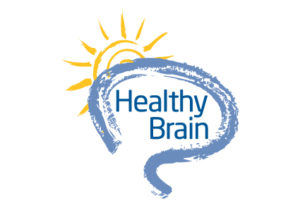

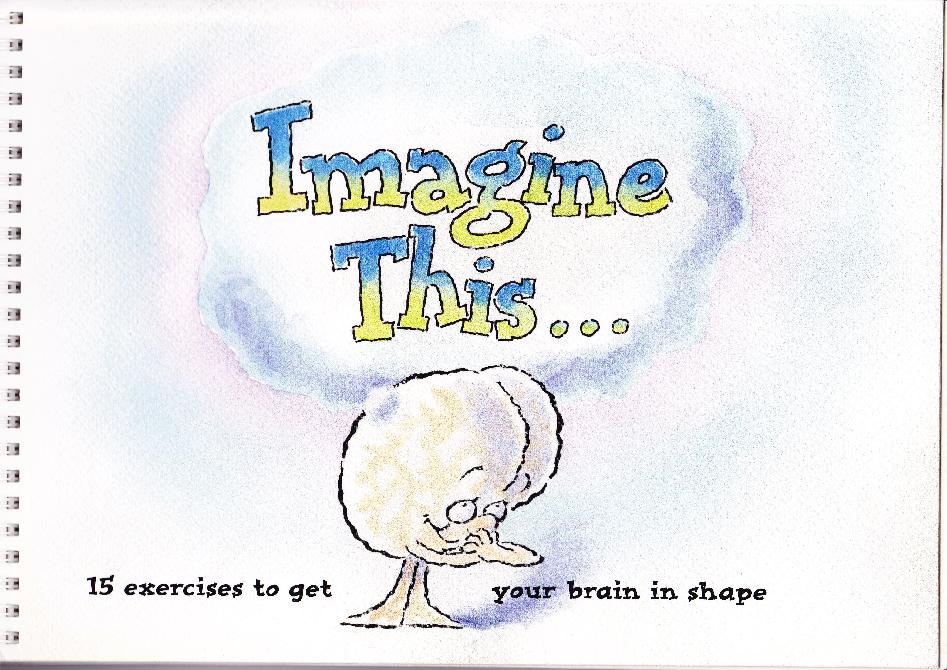
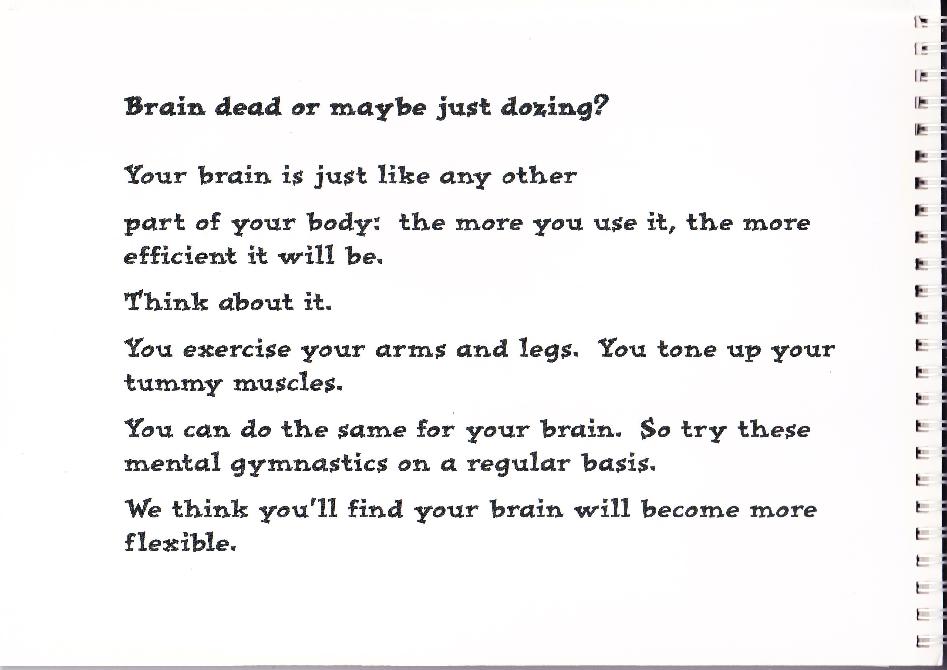
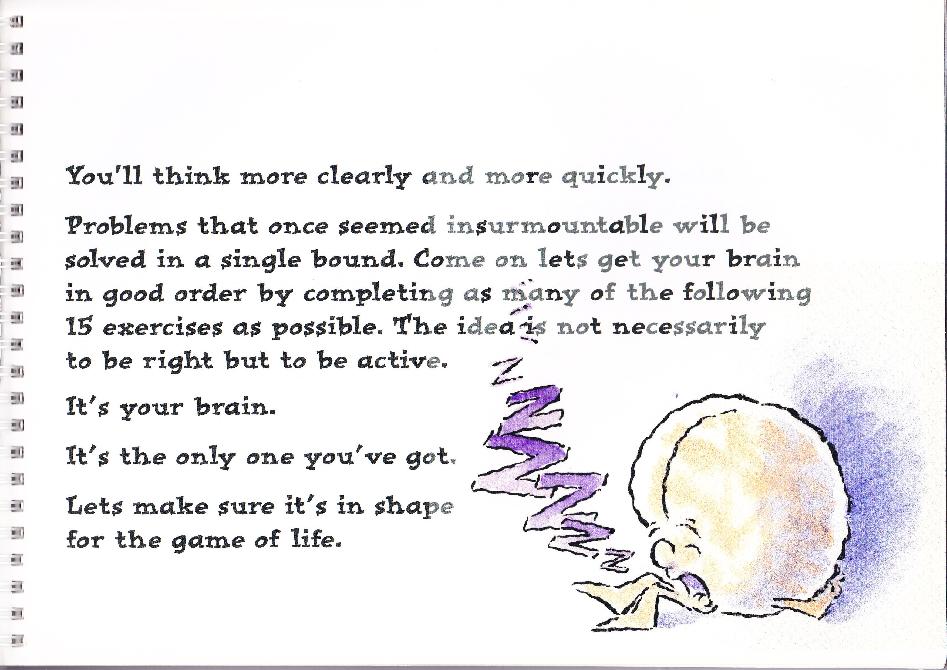

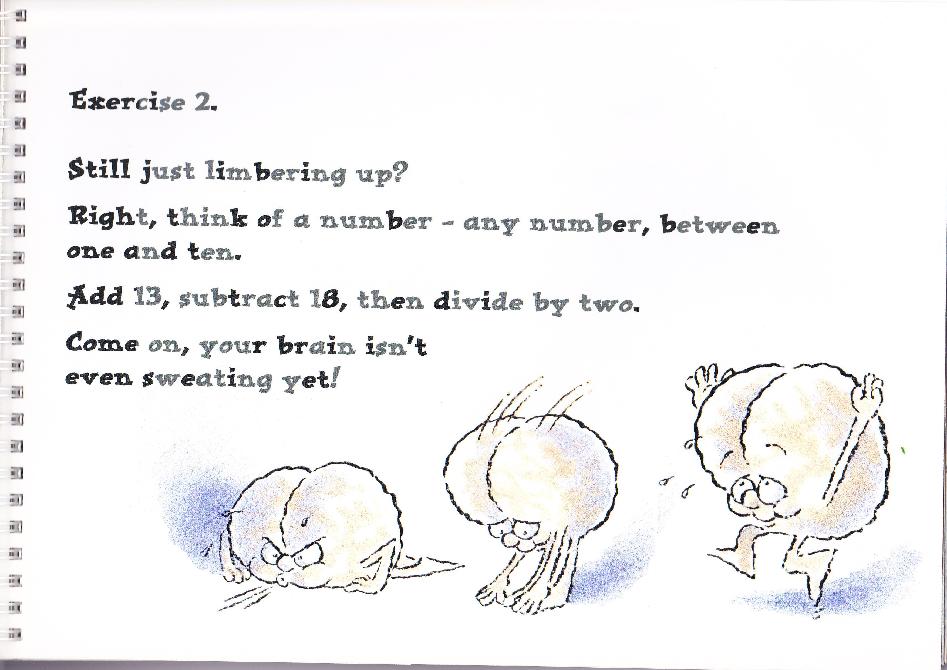
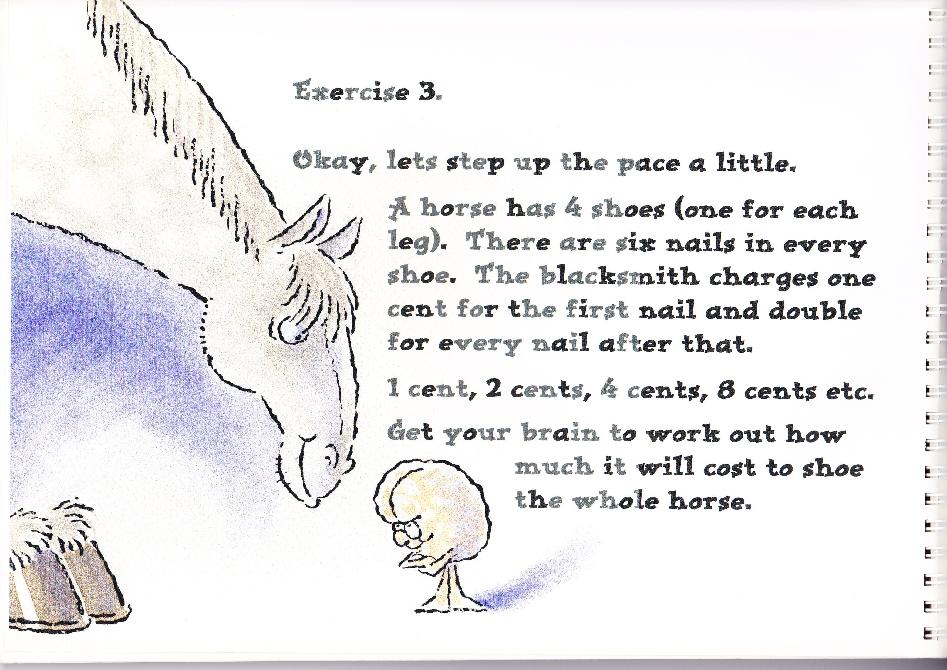
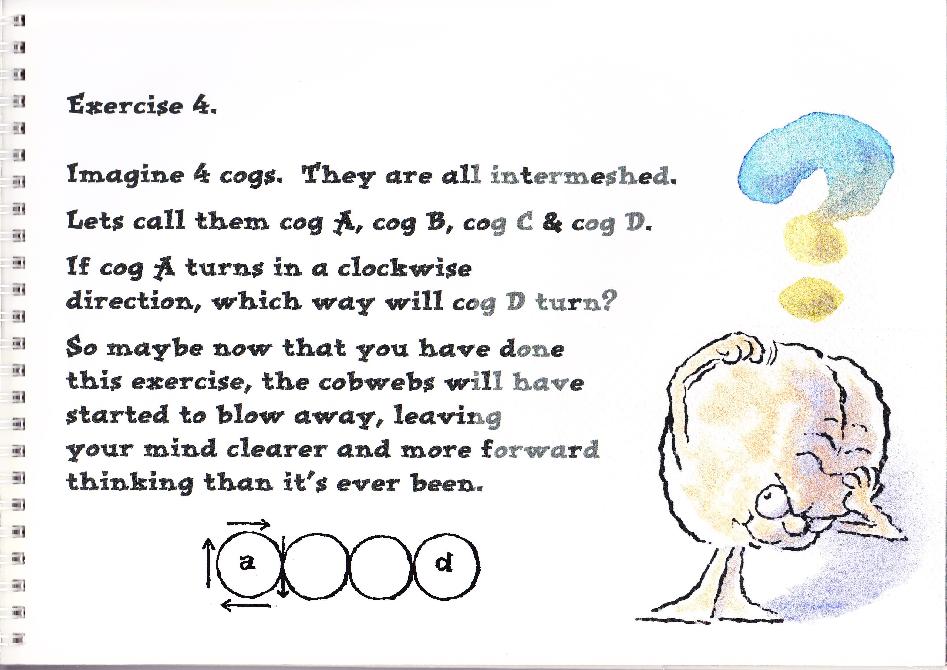
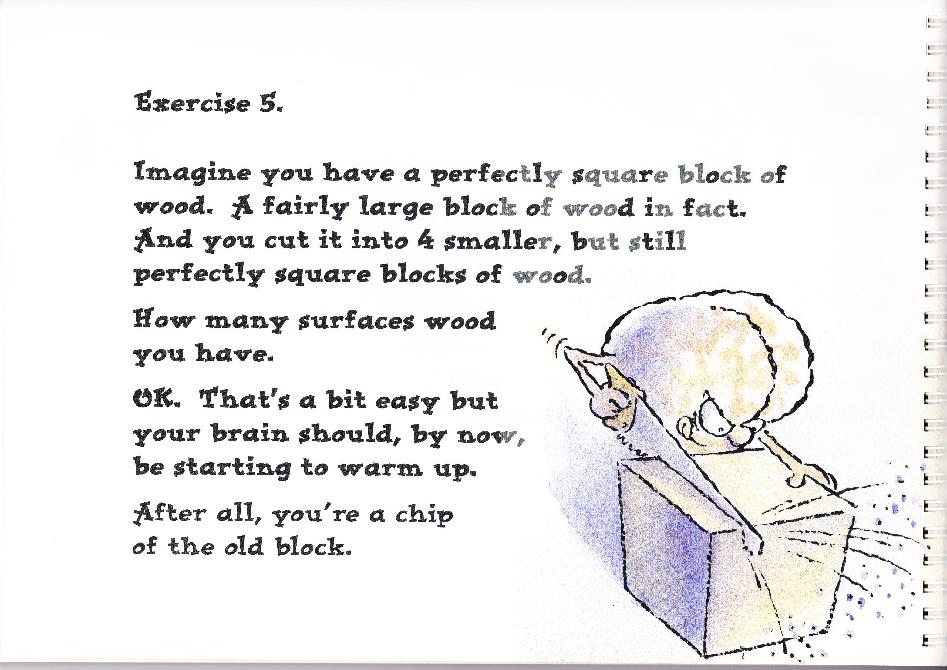


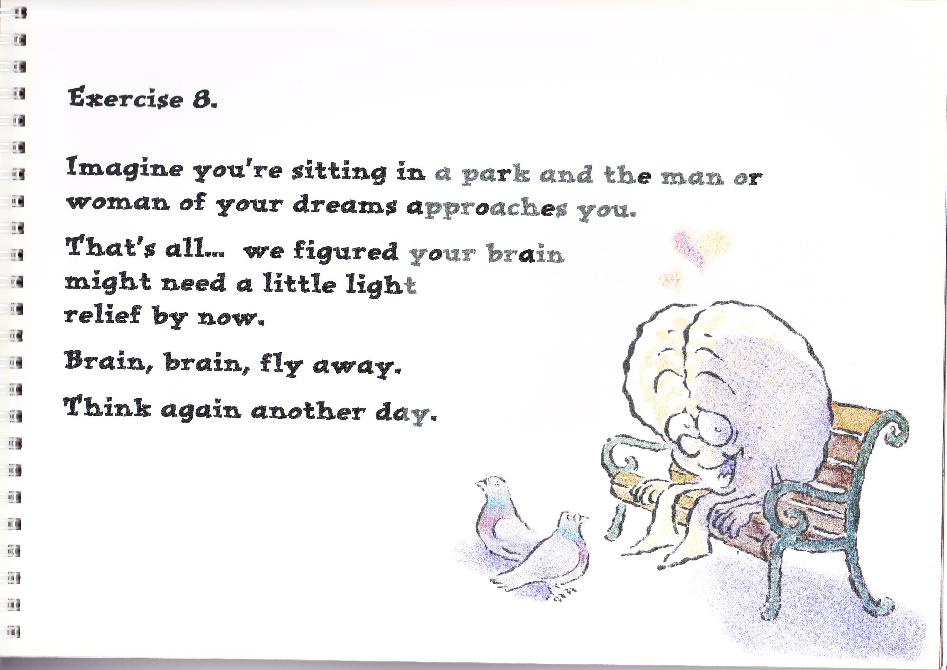
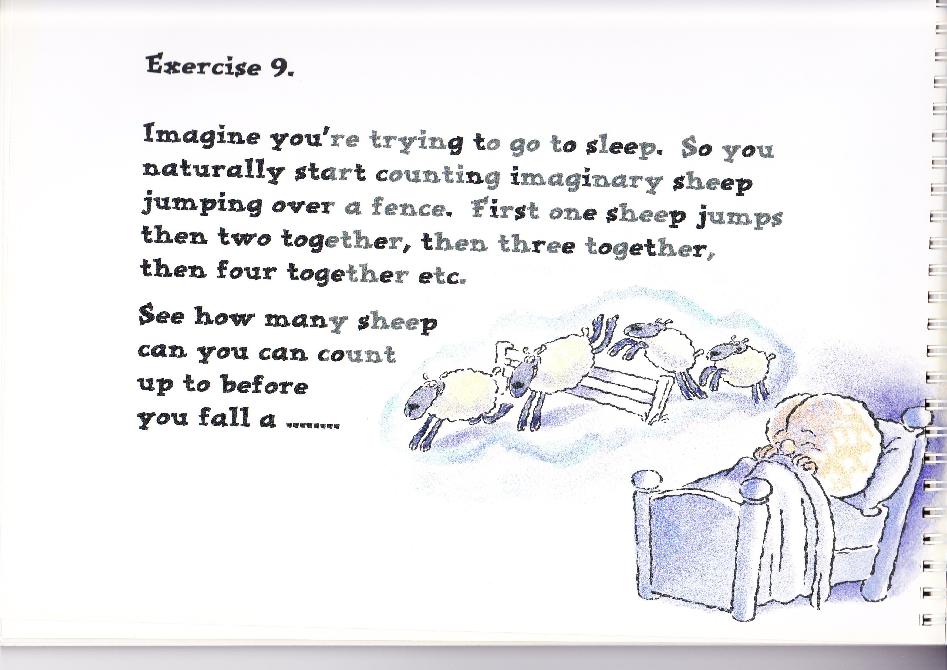
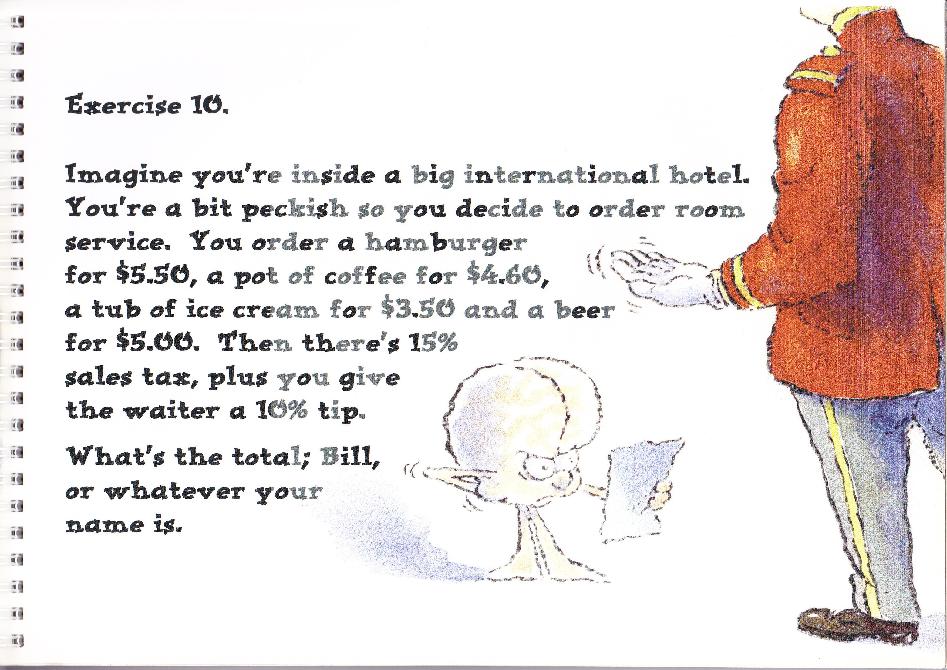

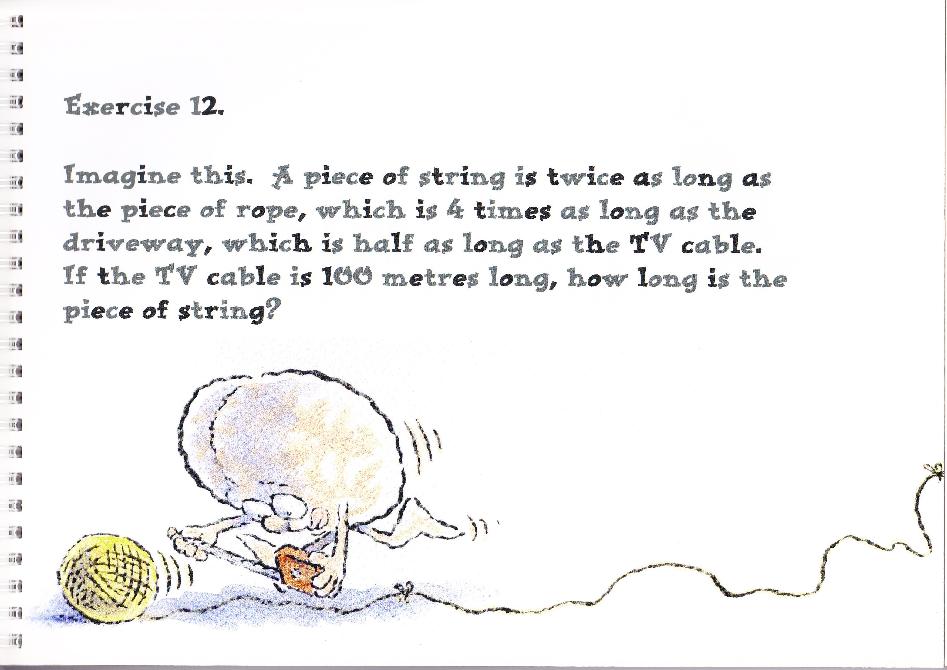
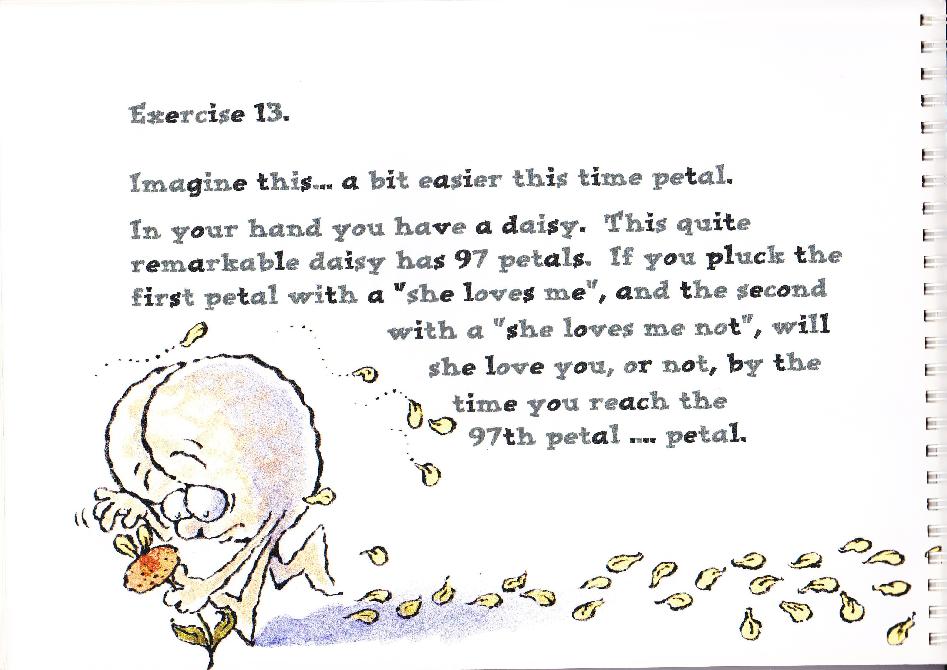


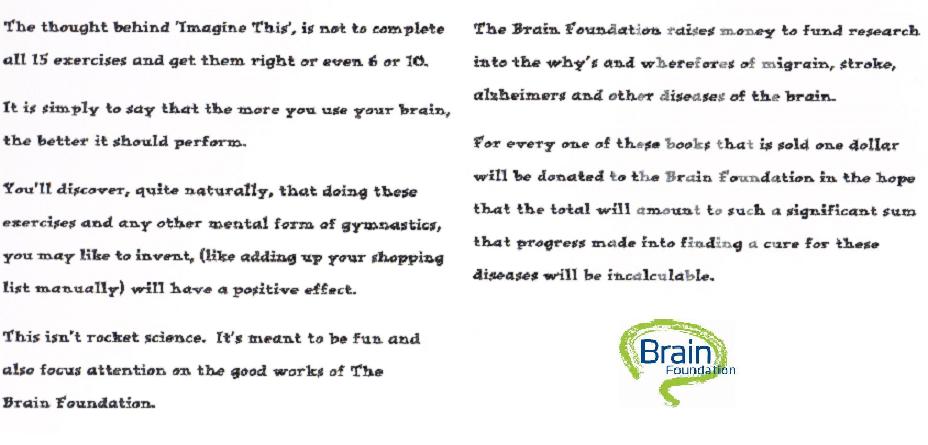
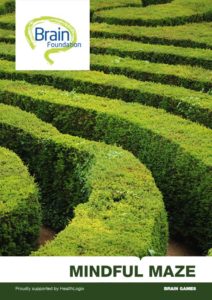
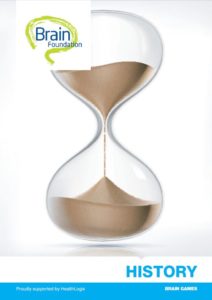
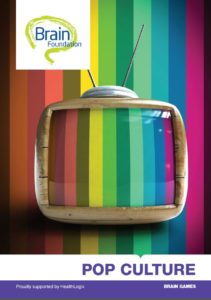
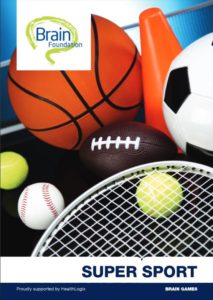
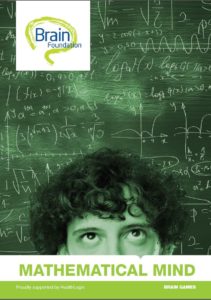
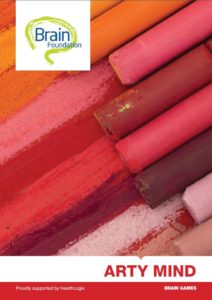
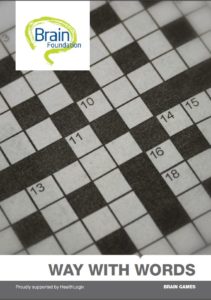
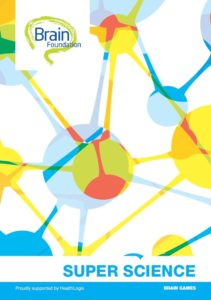
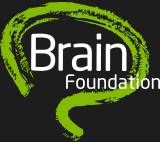
 The Brain Foundation is the largest, independent funder of brain and spinal injury research in Australia. We believe research is the pathway to recovery.
The Brain Foundation is the largest, independent funder of brain and spinal injury research in Australia. We believe research is the pathway to recovery.